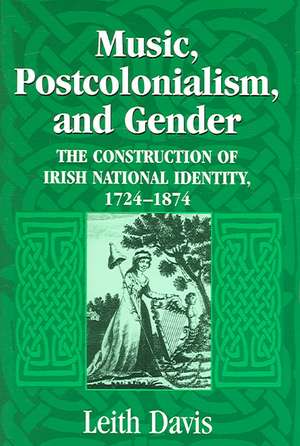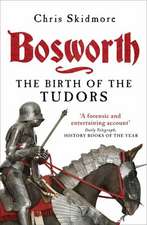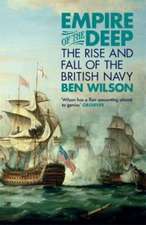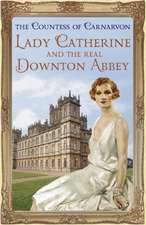Music, Postcolonialism, and Gender – The Construction of Irish National Identity, 1724–1874
Autor Leith Davisen Limba Engleză Paperback – 22 noi 2005
| Toate formatele și edițiile | Preț | Express |
|---|---|---|
| Paperback (1) | 228.29 lei 6-8 săpt. | |
| MR – University of Notre Dame Press – 22 noi 2005 | 228.29 lei 6-8 săpt. | |
| Hardback (1) | 697.65 lei 6-8 săpt. | |
| MR – University of Notre Dame Press – 22 noi 2005 | 697.65 lei 6-8 săpt. |
Preț: 228.29 lei
Nou
Puncte Express: 342
Preț estimativ în valută:
43.69€ • 45.44$ • 36.07£
43.69€ • 45.44$ • 36.07£
Carte tipărită la comandă
Livrare economică 15-29 aprilie
Preluare comenzi: 021 569.72.76
Specificații
ISBN-13: 9780268025786
ISBN-10: 0268025789
Pagini: 344
Dimensiuni: 152 x 229 x 18 mm
Greutate: 0.69 kg
Ediția:1
Editura: MR – University of Notre Dame Press
ISBN-10: 0268025789
Pagini: 344
Dimensiuni: 152 x 229 x 18 mm
Greutate: 0.69 kg
Ediția:1
Editura: MR – University of Notre Dame Press
Notă biografică
Leith Davis is associate professor of English at Simon Fraser University in Burnaby, British Columbia.
Descriere
Studying the construction of Irish national identity from the early eighteenth until the mid-nineteenth centuries, this book focuses on how texts concerning Irish music, and the social settings within which those texts emerged, contributed to the imagining of Ireland as "the Land of Song."
Recenzii
“Leith Davis’ book . . . is, ambitiously, ‘concerned with how the discourse of music became increasingly gendered in the eighteenth and nineteenth centuries as gender was utilized variously in the representation of both nationalist and colonialist formations.’ . . . Davis traces these knotted lines of resistance and hegemony through eight cogent and convincing essays, each one studying a particular moment in Irish musical discourse.” —British Association for Romantic Studies Bulletin and Review, Issue No. 34, January 2009
“Davis writes very much as a literary and cultural critic, not as a musicologist, but hers is a stimulating interdisciplinary study, illustrated with engravings and sheet music that demonstrate how the association of Ireland and orality grew out of print culture.” —Studies in English Literature, vol. 47, no. 4, Autumn 2007






